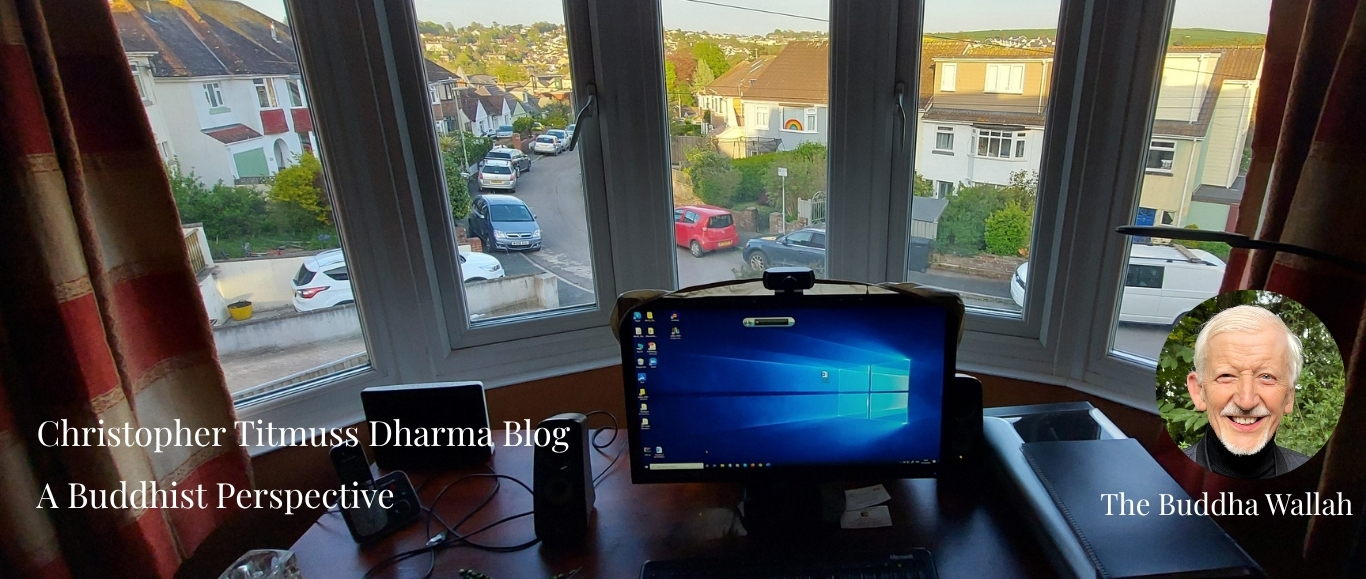A Heart’s Capital Investment in Burma
A couple of years ago, I had the privilege of joining Hal Nathan (from Inverness in the Bay area of San Francisco) on a motorcycle venture from a small town in the far north of Thailand to enter Burma. We travelled on the back of two motorbikes and made our way into a Burmese refugee camp just inside Burma – avoiding the check points and army posts to enter Burma. …
A Heart’s Capital Investment in Burma Read More »

